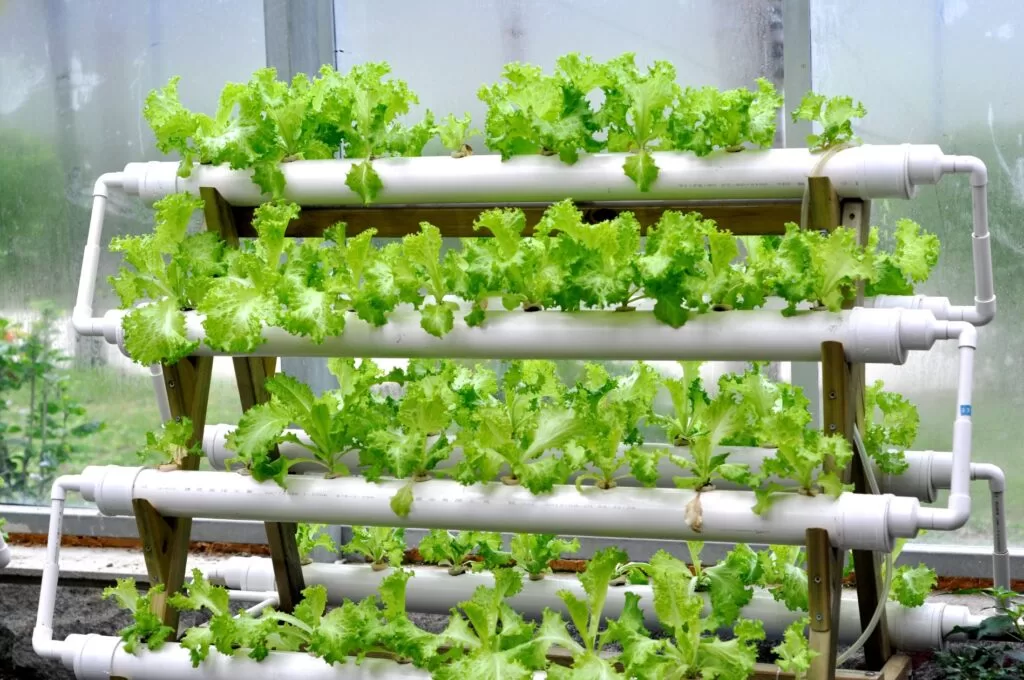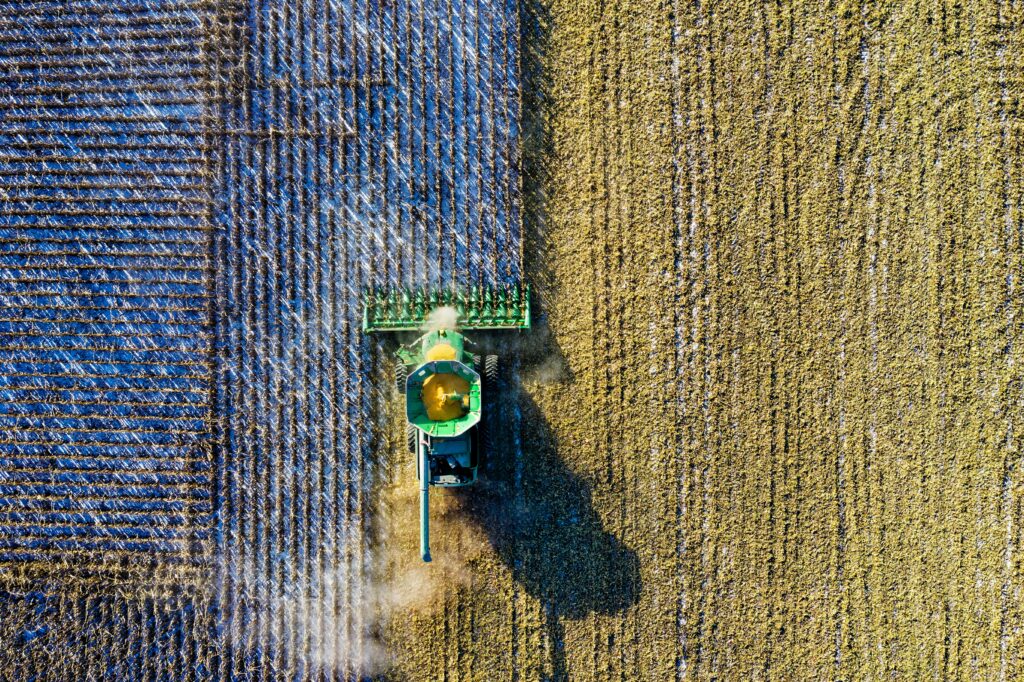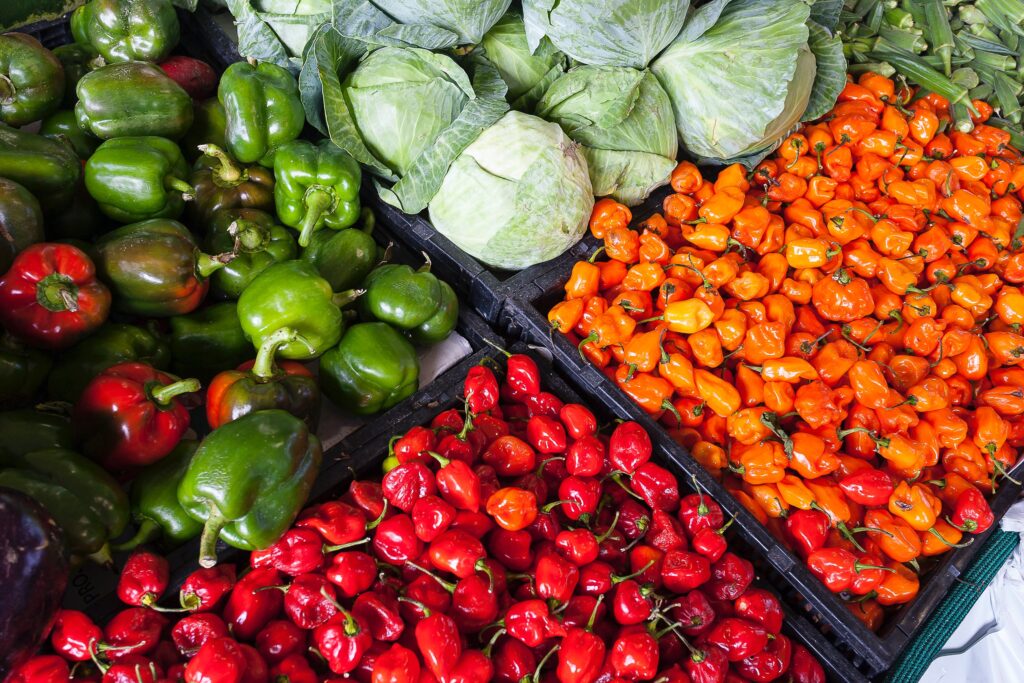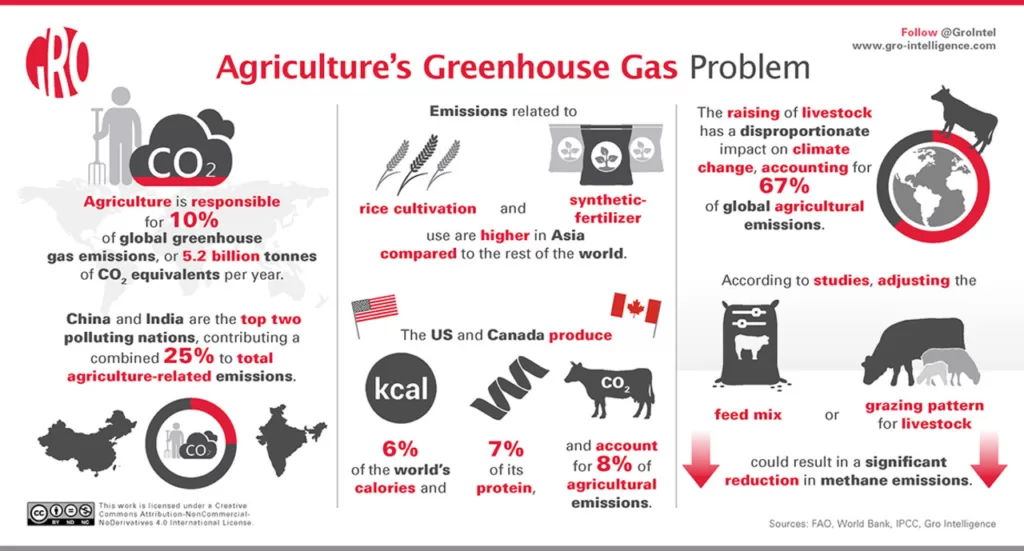Lettuce is considered one of the easiest vegetables to grow hydroponically. It is a fast-growing crop and does not require a lot of space. Additionally, lettuce can be grown in a variety of hydroponic systems, such as deep water culture and nutrient film technique. Other easy to grow hydroponic vegetables include herbs such as basil, mint and chives and also some leafy greens like spinaches and kales.
Lettuce is a fast-growing crop that can be grown hydroponically in a variety of systems. One popular method is deep water culture, where the lettuce plants are placed in a container filled with nutrient-rich water and an air stone is used to provide oxygen to the roots. The lettuce plants can also be grown in a nutrient film technique (NFT) system, where a thin film of nutrient-rich water is constantly flowing over the roots of the plants.
Another popular system for growing lettuce hydroponically is the ebb and flow system, where the plants are grown in a tray that is periodically flooded with nutrient-rich water and then drained.
Lettuce is a great crop to grow hydroponically because it does not require a lot of space and can be grown in a small area. It also grows quickly, with some varieties of lettuce maturing in as little as 30 days. Additionally, lettuce is a hardy crop that can tolerate a wide range of temperatures and can be grown year-round.
Other leafy greens such as spinach, kale or arugula can also be grown hydroponically. They also grow quickly and do not require a lot of space. Herbs like basil, mint and chives are also easy to grow hydroponically. These herbs can be grown in a variety of hydroponic systems, and they are well-suited for indoor growing.
When growing hydroponically, it’s important to monitor the nutrient levels in the water, as well as the pH level. The pH level should be between 5.5 and 6.5, and the nutrient solution should be changed regularly to ensure that the plants receive the proper nutrients they need.
In summary, Lettuce, herbs, and leafy greens are considered easy to grow hydroponically. They don’t need much space and they are well suited for indoor growing. They grow quickly and are hardy plants that can tolerate a wide range of temperatures.
Table of Contents

What is the cheapest way to start hydroponics?
There are several ways to start hydroponics on a budget. One of the most inexpensive ways to get started is by using a container gardening method, such as a bucket or a plastic storage container, as the growing vessel.
One popular method is called the Kratky method, which utilizes a container filled with water and nutrient solution, and the plants are grown directly in the water. This method doesn’t require any electricity, pumps or air stones, making it very inexpensive to set up.
Another low-cost option is the wick system, which utilizes a wick made of material such as cotton or nylon, that draws nutrient solution from a reservoir to the roots of the plants. This method is also relatively inexpensive and easy to set up.
Other low-cost hydroponic methods include using a simple ebb and flow system, which utilizes a tray and a water pump to periodically flood and drain the plants with nutrient solution, or using a drip irrigation system, which slowly drips nutrient solution onto the plants.
In summary, the cheapest way to start hydroponics would be using container gardening method such as the Kratky method or the wick system, which doesn’t require electricity and pumps. These methods are simple, easy and inexpensive to set up, making them great options for those new to hydroponics.
How much money is required for hydroponic farming?
The cost of starting a hydroponic farm can vary depending on the size and complexity of the operation. A small, home-based hydroponic setup can be relatively inexpensive, with costs ranging from a few hundred dollars to a couple of thousand dollars. While a commercial-scale hydroponic farm can cost tens of thousands or even hundreds of thousands of dollars.
The main cost associated with hydroponic farming is the initial setup, which can include the cost of the hydroponic equipment such as growing containers, pumps, tubing, and timers. In addition, the cost of materials such as growing mediums, nutrient solutions, and seeds or seedlings also needs to be factored in.
A small home-based hydroponic setup can typically cost around $500 to $1,500, depending on the system used and the amount of equipment required. For example, a simple wick system or Kratky method can be set up for around $100 to $200, while a more complex ebb and flow or drip irrigation system can cost $1,000 or more.
For commercial-scale hydroponic farm, the costs can be much higher, and depend on the size and complexity of the operation. For example, a large commercial operation that utilizes a climate-controlled greenhouse, advanced hydroponic systems and automation technology, can cost tens or hundreds of thousands of dollars to set up.
It’s important to consider that the costs of running a hydroponic farm also include ongoing expenses such as electricity, water, and the cost of replacement parts and consumables such as nutrient solutions, growing mediums, and replacement plants.
In summary, the cost of hydroponic farming can vary greatly depending on the size and complexity of the operation. A small home-based setup can cost anywhere from a few hundred to a few thousand dollars, while a commercial-scale hydroponic farm can cost tens of thousands or even hundreds of thousands of dollars. It’s important to consider the ongoing expenses as well.
Is hydroponics profitable?
Hydroponics can be profitable, as it allows for year-round crop production and can increase yields. However, the profitability of a hydroponics operation depends on many factors, including the cost of equipment and supplies, the type of crops being grown, and the market demand for those crops. Additionally, the cost of energy to power the hydroponics system can also be significant and should be considered when determining profitability. Overall, with good planning, management, and market research, a hydroponics operation can be profitable.
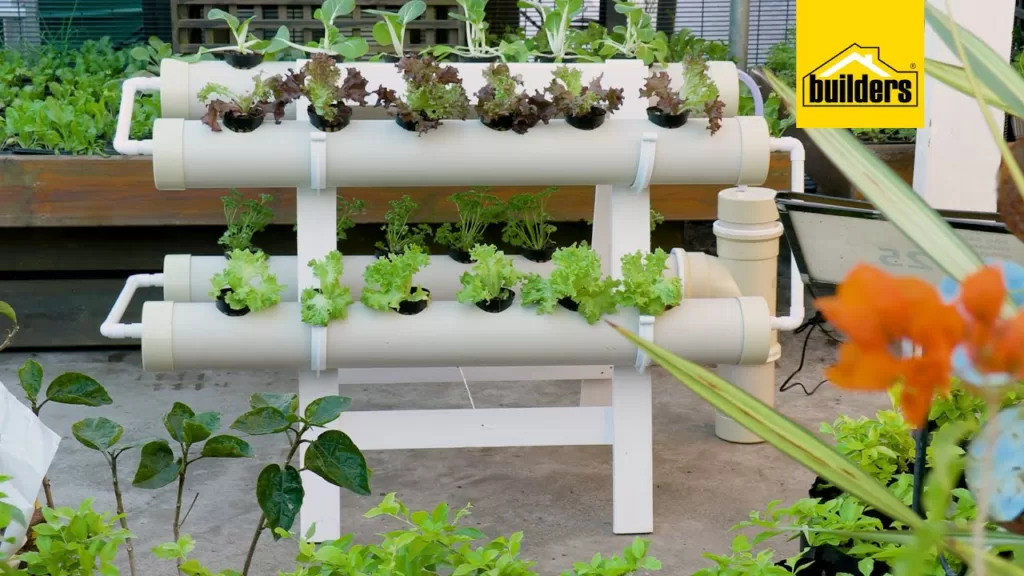
What is the cheapest hydroponic medium?
There are several inexpensive hydroponic mediums that can be used, including:
- Rockwool: Rockwool is made from melted rock and is a popular hydroponic medium because it is inexpensive, easy to work with, and holds moisture well.
- Coco Coir: Coco coir is made from coconut husks and is another inexpensive hydroponic medium that is easy to work with and holds moisture well.
- Perlite: Perlite is a volcanic rock that is used as an amendment to other hydroponic mediums. It is inexpensive and provides good drainage.
- Vermiculite: Vermiculite is a mineral that is used as an amendment to other hydroponic mediums. It is inexpensive and helps to retain moisture.
- Clay pebbles: Also known as Hydroton, clay pebbles are made from clay that has been fired in an oven at high temperatures. They are lightweight, reusable and can last for many years.
It’s important to note that the choice of medium will depend on the specific crop and the hydroponic system being used, the cheapest option may not always be the best one.
Is hydroponics good for beginners?
Hydroponics can be a good choice for beginners, as it allows for a controlled environment and can be less labor-intensive than traditional gardening. However, it does require a certain level of knowledge and understanding about plant growth and nutrition, as well as the proper maintenance of the hydroponics system.
There are several beginner-friendly hydroponics systems such as the Kratky method, which is a passive hydroponics system that requires minimal maintenance. The wick system, which is one of the simplest hydroponic systems, and the Ebb and flow system, which is a bit more complex but still beginner-friendly.
It’s important to research different hydroponic systems and methods before starting, and to educate yourself on the basics of plant growth and nutrition. Starting small and with easy to grow crops like lettuce or herbs is also a good idea. With proper research and planning, hydroponics can be a good choice for beginners interested in growing their own food or plants.
Do hydroponic plants grow bigger?
Hydroponic plants can grow bigger than soil-grown plants, as they have access to a controlled and consistent supply of water, nutrients, and oxygen. This can lead to faster growth and larger yields. However, it’s important to note that the rate of growth and the size of the plants will depend on many factors, including the specific hydroponic system being used, the type of crop being grown, and the quality of the light and temperature control.
Also, the plants are not solely dependent on the hydroponics system, the plant genetics and the grower’s management practices also play a role in the plant’s growth. Furthermore, some hydroponic systems might restrict the root growth and thus the plant’s potential size, that’s why is important to choose the right system for the specific crop.
In summary, hydroponic plants can grow bigger than soil-grown plants, but the rate of growth and size of the plants will depend on many factors, including the specific hydroponic system, the type of crop, and the quality of the light and temperature control.

Do hydroponic farms need fertilizer?
Yes, hydroponic farms typically require fertilizer in order to provide plants with the necessary nutrients for growth. In hydroponic systems, plants are grown in an inert growing medium, such as rockwool or clay pebbles, that does not contain any nutrients. Therefore, it is necessary to provide the plants with a nutrient solution that contains all the necessary macronutrients (such as Nitrogen, Phosphorus, and Potassium) and micronutrients (such as Iron, Manganese, and Zinc) that plants need for growth.
The type of fertilizer and the concentration of nutrients will depend on the specific crop being grown and the stage of growth. Hydroponic farmers should use a specially formulated hydroponic nutrient solution and follow the manufacturer’s instructions. They should also regularly test the nutrient solution to ensure that it contains the correct balance of nutrients. They may also need to adjust the nutrient solution to account for crop growth and changes in the environment, such as temperature and humidity.
It’s important to note that hydroponic systems can also be designed to use other sources of nutrients, like fish or duck waste (aquaponics) or even human urine (urine-based hydroponics) as a fertilizer.
Do plants grow faster in hydroponics?
Plants can grow faster in hydroponics than in soil because they have access to a controlled and consistent supply of water, nutrients, and oxygen. The lack of competition for resources, such as water and nutrients, can also lead to faster growth. Additionally, the ability to control the temperature, light, and humidity can also contribute to faster growth. However, it’s important to note that the rate of growth will depend on many factors including, the specific hydroponic system being used, the type of crop being grown, and the quality of the light and temperature control, as well as the plant genetics.
It’s also important to note that faster growth doesn’t necessarily mean better growth or higher yield. The quality and health of the plants, as well as the taste, texture, and nutritional value of the produce, can be affected by the conditions of the growth. Therefore, the grower should aim for optimal growth conditions and not just faster growth.
What are 2 advantages and 2 disadvantages of hydroponics?
Advantages:
- High yield: Hydroponic systems often yield more plants per square foot than traditional soil-based gardening.
- Water conservation: Hydroponics use less water than traditional soil-based gardening because the water can be recycled and reused.
Disadvantages:
- High initial costs: Setting up a hydroponic system can be expensive, especially if you are buying all the equipment.
- Complexity: Hydroponic systems can be complex to set up and maintain, requiring a certain level of knowledge and skill.

Is it OK to use hydroponic fertilizer in soil?
It is technically possible to use hydroponic fertilizers in soil, but it is not recommended. Hydroponic fertilizers are formulated to provide plants with the specific nutrients they need in a hydroponic environment, which may not be suitable for plants grown in soil. Additionally, soil-based plants also benefit from the microorganisms and other beneficial organisms found in soil, which are not present in hydroponic systems. It is best to use a fertilizer specifically formulated for use in soil-based gardening.
How much water do hydroponic plants need per day?
The amount of water that hydroponic plants need per day will depend on the specific hydroponic system being used, the type of crop being grown, and the stage of growth. In general, hydroponic plants need to be kept consistently moist, but not waterlogged.
For example, in a deep water culture (DWC) system, plants are grown in a container of nutrient solution and the roots are submerged in the solution. In this system, the plants will need to be checked and the nutrient solution will need to be topped off daily to ensure that the roots are always submerged.
In a drip irrigation system, water and nutrient solution are delivered to the plants’ roots through a series of drippers or emitters, the plants will require less water than in a DWC. The frequency of watering will depend on the size of the container, the plant’s stage of growth, and the ambient temperature and humidity.
For example, young plants may need to be watered more frequently than mature plants, and plants grown in hot, dry conditions may need more water than those grown in cool, humid conditions. It’s important to monitor the plants and the hydroponic system closely and adjust the water and nutrient supply as needed.
It’s also important to note that a good practice is to periodically drain the system and refill it with fresh water and nutrient solution, this helps avoid the buildup of salts and other nutrients that can harm the plants.

